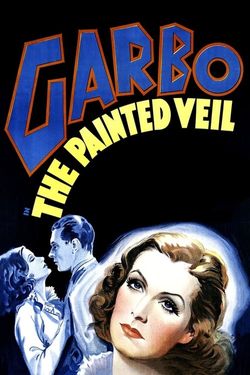In the harsh realities of life on earth, Mother Nature has provided some plants that some use to subdue those harsh realities. One of those plants, which grows wild in most hot temperature countries, is the opium poppy. The use of opium dates as far back as 4,000 B.C. in the Mediterranean region. Cultivation of the plant and its use to produce opium quickly spread south and east, with its use in more recent times being associated with China. Despite the devastating effects of opium, it has been a romanticized substance in much of literature. In the 19th century, German scientists refined the substance into heroin, which is injected directly into the blood stream to the central nervous system for the immediate "hit". Heroin itself is not only lethal in high doses, but is also addictive. Criminal elements, especially French Corsicans, are now dealing illicitly in the substance. Most heroin in its raw form enters the US through the port of New York with a secondary entry point being the Mexican border. Customs agents try to stop its entry, however most of the product does end up making it through their security. The heroin's strength is cut to 5% with the addition of milk sugar, this strength appropriate for the retail market. Most heroin in the US is dealt and consumed in urban ghettos. Some discuss why they started using heroin and the negative effect that it has ultimately had on their lives. There is a shift in seeing some addicts as victims rather than criminals, they who need support to get themselves off the substance use and abuse.
Flowers of Darkness
This short films traces the history of opium and examines contemporary heroin trade and addiction in the United States.


















